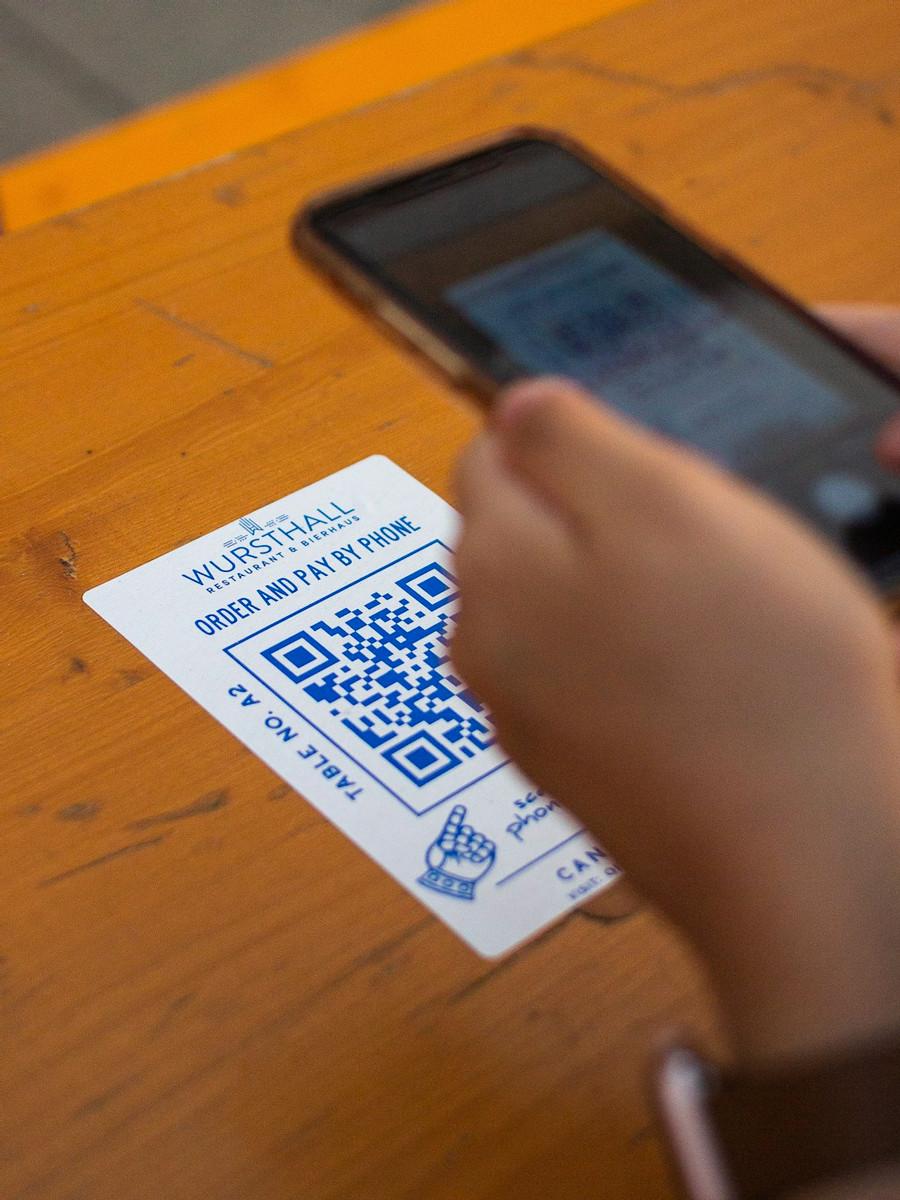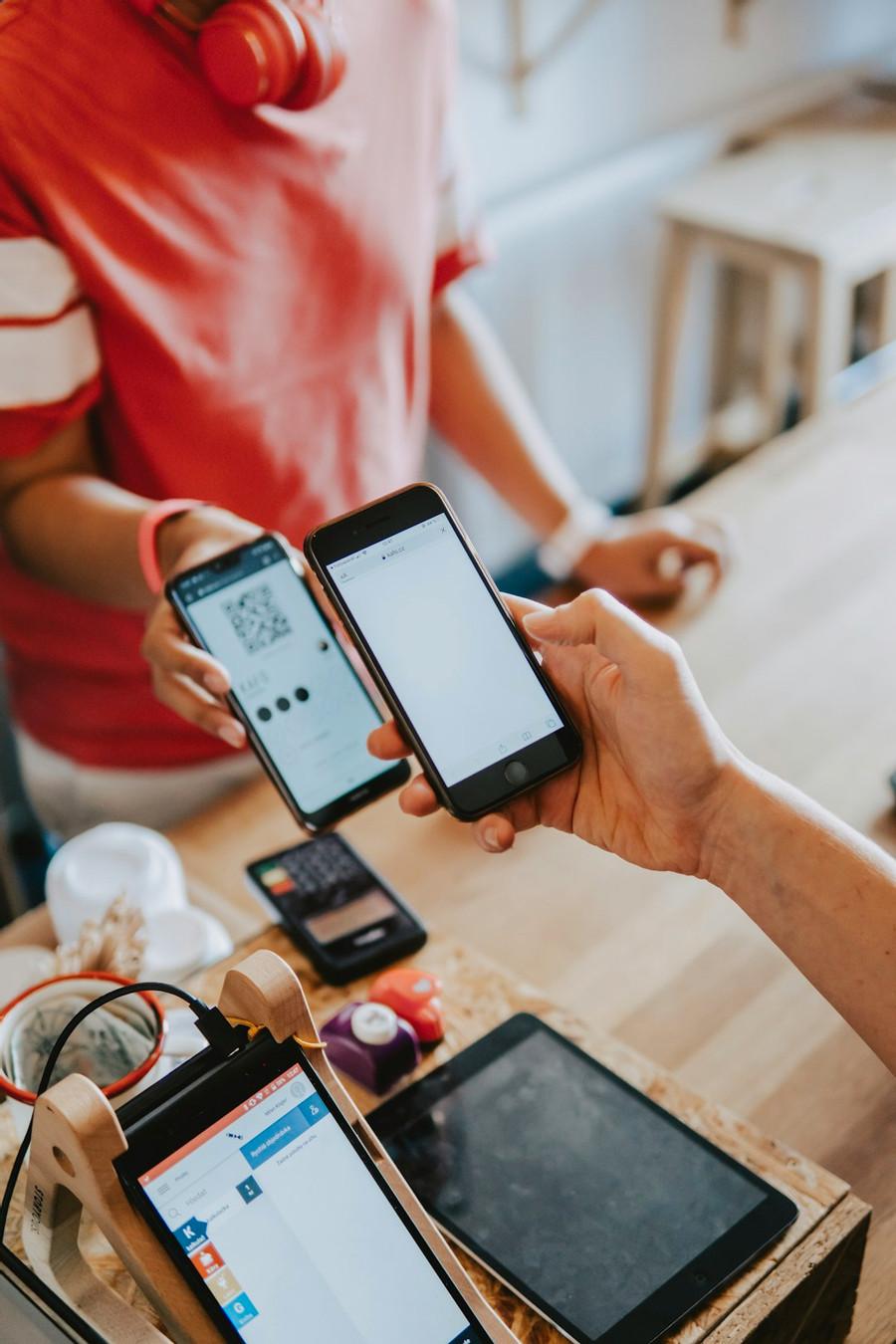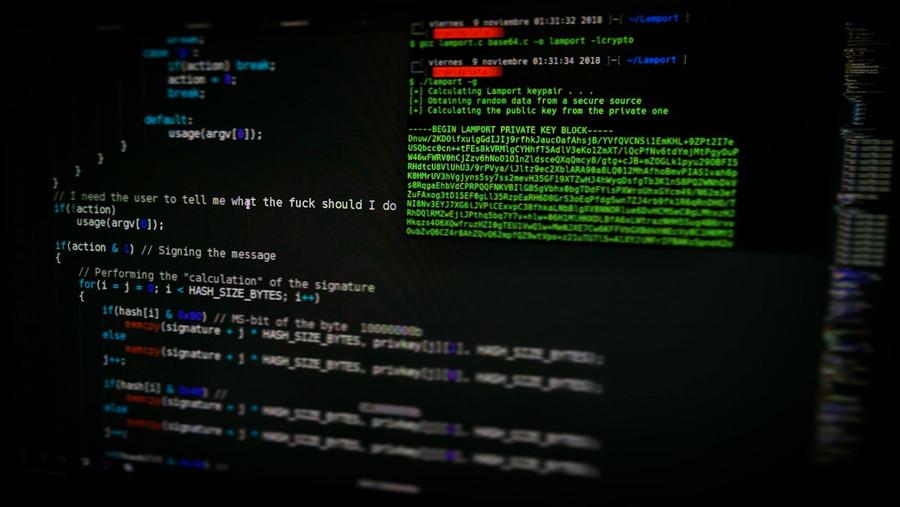How QR codes work—and what makes them dangerous
Curated from: fastcompany.com
Ideas, facts & insights covering these topics:
6 ideas
·909 reads
6
Explore the World's Best Ideas
Join today and uncover 100+ curated journeys from 50+ topics. Unlock access to our mobile app with extensive features.
The QR Code
Among the many changes brought about by the pandemic is the widespread use of QR codes: graphical representations of digital data that can be printed and later scanned by a smartphone or other device.
QR codes have a wide range of uses that help people avoid contact with objects and close interactions with other people, including for sharing restaurant menus, email list sign-ups, car and home sales information, and checking in and out of medical and professional appointments.
9
185 reads
Before QR Codes, We Had Bar Codes
While it is easy for people to read Arabic numerals, it is hard for a computer. Bar codes encode alphanumeric data as a series of black and white lines of various widths. At the store, bar codes record the set of numbers that specify a product’s ID. Critically, data stored in bar codes is redundant. Even if part of the bar code is destroyed or obscured, it is still possible for a device to read the product ID.
8
181 reads
How QR Codes Work
QR codes are designed to be scanned using a camera, such as those found on your smartphone. QR code scanning is built into many camera apps for Android and iOS. QR codes are most often used to store web links; however, they can store arbitrary data, such as text or images.
When you scan a QR code, the QR reader in your phone’s camera deciphers the code, and the resulting information triggers an action on your phone. If the QR code holds a URL, your phone will present you with the URL. Tap it, and your phone’s default browser will open the webpage.
9
156 reads
Data Redundancy Built-In
Like barcodes, QR codes are designed with data redundancy. Even if as much as 30% of the QR code is destroyed or difficult to read, the data can still be recovered. In fact, logos are not actually part of the QR code; they cover up some of the QR code’s data. However, due to the QR code’s redundancy, the data represented by these missing dots can be recovered by looking at the remaining visible dots.
8
161 reads
Carrier Of Dangerous Links
QR codes are not inherently dangerous. They are simply a way to store data. However, just as it can be hazardous to click links in emails, visiting URLs stored in QR codes can also be risky in several ways.
The QR code’s URL can take you to a phishing website that tries to trick you into entering your username or password for another website. The URL could take you to a legitimate website and trick that website into doing something harmful, such as giving an attacker access to your account
8
125 reads
Stay Safe
It is critical that when you open a link in a QR code, you ensure that the URL is safe and comes from a trusted source.
There is also a slight chance that the app used to scan the QR code could contain a vulnerability that allows malicious QR codes to take over your device. This attack would succeed by just scanning the QR code, even if you don’t click the link stored in it. To avoid this threat, you should use trusted apps provided by the device manufacturer to scan QR codes and avoid downloading custom QR code apps.
8
101 reads
IDEAS CURATED BY
Khalid Faez's ideas are part of this journey:
Learn more about technologyandthefuture with this collection
Cultivating a growth mindset and embracing challenges
Developing adaptive thinking and problem-solving skills
Effective learning frameworks and approaches
Related collections
Similar ideas
14 ideas
Top QR Code Marketing Trends
qr-code-generator.com
3 ideas
The Best 2FA Apps 2021: Authy vs Google Authenticator
cloudwards.net
3 ideas
Read & Learn
20x Faster
without
deepstash
with
deepstash
with
deepstash
Personalized microlearning
—
100+ Learning Journeys
—
Access to 200,000+ ideas
—
Access to the mobile app
—
Unlimited idea saving
—
—
Unlimited history
—
—
Unlimited listening to ideas
—
—
Downloading & offline access
—
—
Supercharge your mind with one idea per day
Enter your email and spend 1 minute every day to learn something new.
I agree to receive email updates





